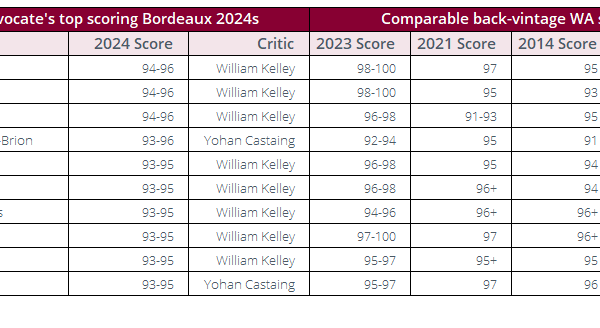
Owner: The Frescobaldi Family
Classification: Toscana IGT
Vineyard area: 6.6 Hectares
Colour: Red
Standard blend: 100% Merlot
Average production: 30,000 bottles
Background
Russian-American winemaker, André Tchelistcheff, identified the Masseto hill as a prime location to grow Merlot due to its unique terroir and unusual climate conditions. Following André’s advice, the vineyard was planted in 1984.
The estate’s first commercial vintage was the 1987. The estate did produce a bottle with a unique label called Merlot dell’Onellaia the previous year. However, 1987 was the first to bear the name ‘Masseto’.
Masseto’s 6.6 hectares are divided into three vineyard areas: Junior, Centrale and Alto. Each contributes to the character of the final blend. The Alto vineyard is at the top of the hill and consists of a combination of loose clay and sand with pebbles. The central part of the vineyard contains the highest proportion of pliocene clay. It is considered the ‘most impressive’ part of the site, capable of producing concentrated wines that give Masseto its backbone.
During the harvest Masseto undergoes a double selection process. It then takes three years from harvest and some “carefully thought-out decisions” before the wine is released in bottle.
In 2005, Axel Heinz joined the estate as head winemaker, having previously worked at Chateau La Dominique in St-Emilion. He works alongside consultant oenologist Michel Rolland, who has been involved from 1991. Since October 2009, a portion of Masseto has been sold via the Place de Bordeaux, beginning with the 2006 vintage.
In a recent interview with Liv-ex, CEO of Masseto, Giovanni Geddes Da Filicaja was asked what makes Masseto so popular. He responded that Masseto “has become a magic name. It’s a magic wine because it really has a very, very strong personality. It comes from a special place – the terroir is very important. This makes it unique.”
In 2012 Masseto began farming organically and started work on building a new winery in 2016.
Market Performance

The Masseto index – which tracks the price movements of the last ten physical vintages – is up 22.9% year-on-year. It has outperformed the Italy 100 index which is up 18.3% over the same period.
Year-on-year, Masseto is the second best performing Super Tuscan. The wine was pipped by Solaia, which has seen a boost in the last few months and is up 27.4%.
Over the past twelve months, Masseto’s best-performing vintages have been the 2004 and 2003, up 58.9% and 39.5% respectively. The 2006 followed close behind with a 31.3% increase.


Prices for Masseto are 74.7% correlated to Wine Advocate score. Buyers looking for opportunities might consider the recently released 2013 vintage. The wine is available at a 12.4% discount to the price suggested by Liv-ex’s ‘fair value’ methodology and 14.2% below the equally scored 2008 vintage.
In October 2016, Decanter wrote that the 2013 was released as one the cheapest vintages on the market. Despite rising from £4,000 per 12×75 at release to £4,600 today, it continues to be priced below other recent vintages.

For more information on Masseto’s production and distribution through La Place de Bordeaux, please see Liv-ex’s interviews with CEO of Masseto, Giovanni Geddes da Filicaja and Winemaking Consultant, Michel Rolland.
[mc4wp_form id=”18204″]



